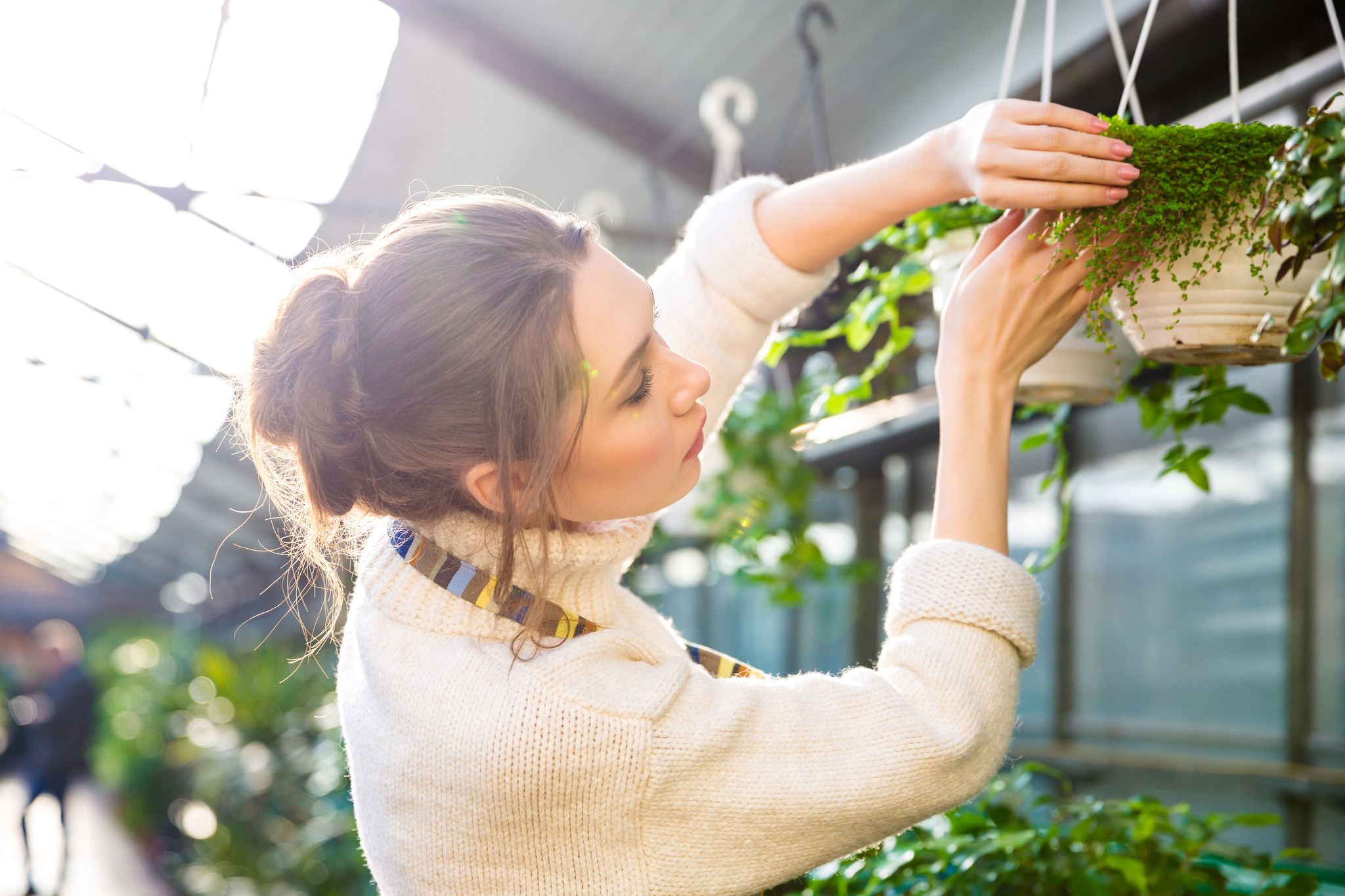Our tips for a green thumb

Do you love nature, but find it difficult to maintain your garden or vegetable patch? Here are some tips for a green thumb!
Consider sun exposure
The first thing to do to get a green thumb is to consider sun exposure. Plants need energy or sunlight to grow. In this case, you should place your plants in a south-facing position. This is where they can make the most of the sun. You can also choose the roof if your garden or terrace is shaded by buildings in the neighbourhood.
On the other hand, you can opt for plants that require less sun, such as maples. These are best suited to a northern exposure.
Watering well
Having a green thumb also means knowing how to water your plants. Watering plants is not as simple as it sounds. You should know that each plant has its own specific water requirements. For example, if you water an orchid too much, you can drown it. A succulent can also dry out quickly if you don't water it enough.
So to find out whether your plants need water or not, it is advisable to touch the soil. If the soil is dry, you can water. If the soil is still wet, you do not need to water. Just remember to check it from time to time.
To avoid overwatering, you should use pots with holes underneath. This allows excess water to drain away just in case. You can also buy smart pots that monitor the water needs of the plants. They automatically drain off excess water.
Use the right tools
If you want to have a green thumb, you need to gather all the necessary elements for the care of your plants. You will need a watering can. You will also need a misting device or a sprayer. This will humidify the air in the room. It is very useful for tropical plants.
For pruning the plants, you will need short-bladed scissors. They are effective for cutting the stems of falling or climbing plants.
A transplanter is also essential for a green thumb. It is used to remove potting soil from bags, to remove dead plants, to plant small plants or to mix fertiliser and potting soil.
To complete your equipment, you can also buy a claw, a pot with a reservoir and a water diffuser. Don't hesitate to consult a buying guide to find the ideal model. Also compare prices to get a good deal.
Use the right substrate
Be aware that each plant can grow in a different quality of soil. For example, a rosebush prefers clay soil, while thyme grows well in poor, stony soil.
So, to ensure plant growth, you need to choose the right substrate. For this reason, natural fertilisers should be used to nourish the soil. For example, you can use kitchen scraps such as coffee grounds, egg shells and banana peels. Be careful not to overdo it, however, to avoid burning the roots.


Comments
Be the first to comment...